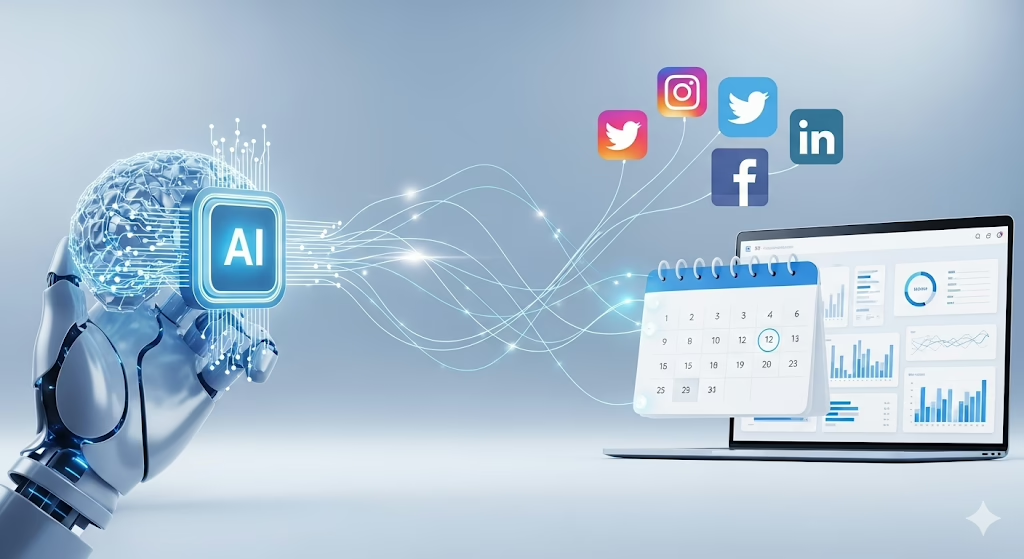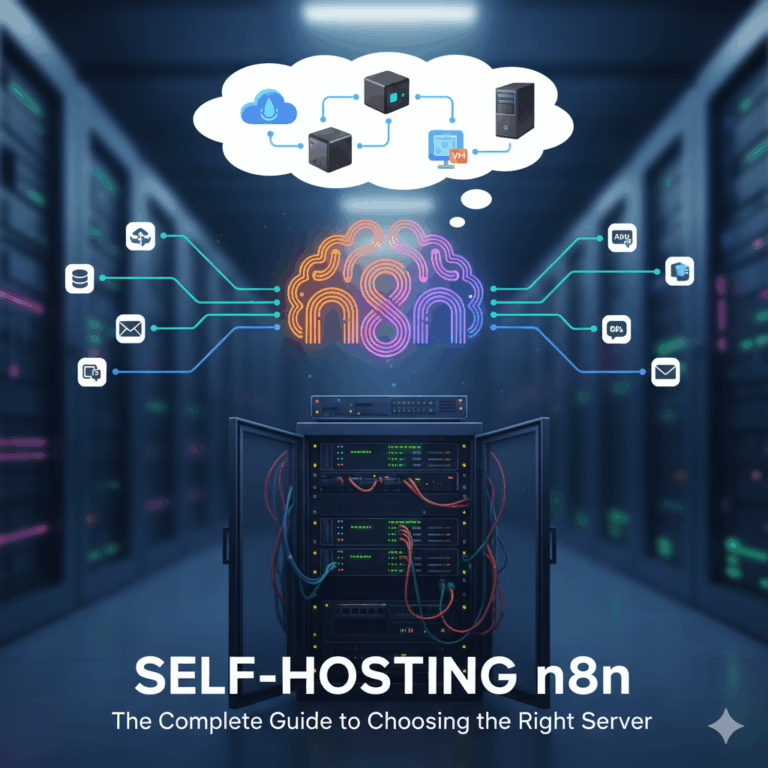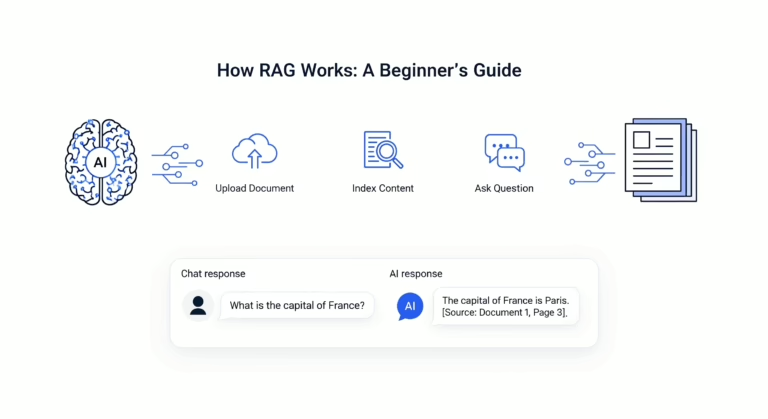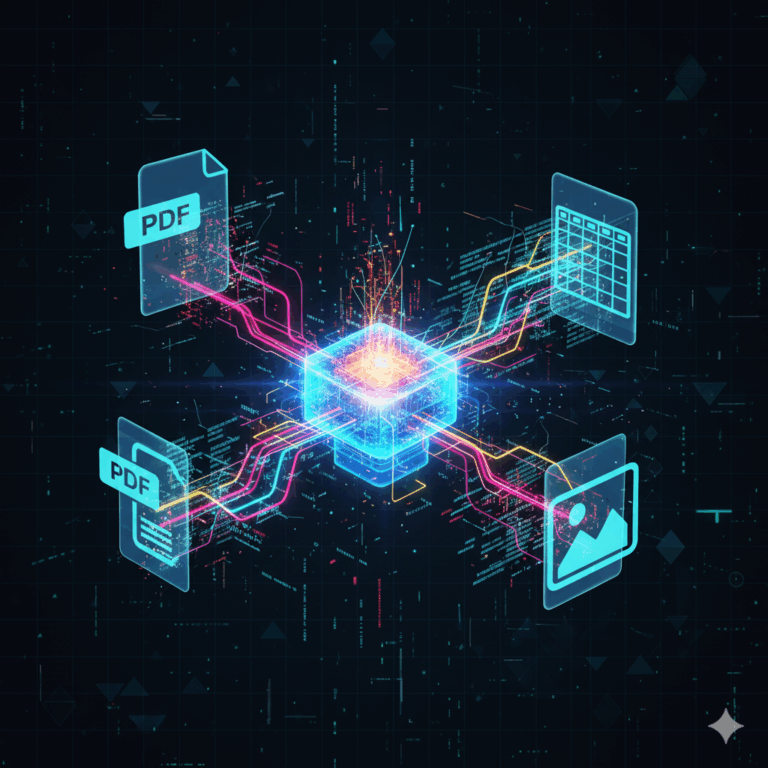AI social media automation is no longer a futuristic concept; it’s the strategic engine powering the most effective digital marketing strategies today. In the relentless, fast-paced world of social media, managers and business owners face a constant battle against creative burnout, inconsistent posting, and the overwhelming demand for platform-specific content. You’re expected to be a strategist, a graphic designer, a copywriter, and an analyst—all at once.
But what if you could clone your best creative self? What if you had a tireless assistant that could brainstorm ideas, draft compelling captions, design stunning visuals, and schedule everything across all your channels, 24/7? This is the tangible power of modern AI. Automating multi-platform social media content creation with AI is the definitive solution to these perennial challenges.
It’s not about replacing human creativity and intuition; it’s about augmenting them. By leveraging AI, you can free up invaluable time, scale your efforts, maintain a consistent brand voice, and ultimately, drive better results. This comprehensive guide will walk you through exactly how to harness the power of AI social media automation to transform your workflow from a source of stress into a well-oiled, results-driven machine.
Table of Contents
The Pain Points of Manual Multi-Platform Management
Before diving into the AI-powered solution, it’s crucial to understand the specific problems it solves. Managing multiple social media accounts manually is fraught with inefficiencies and obstacles that AI social media automation directly addresses.
- The Content Calendar Crunch: Manually planning a month’s worth of content for Facebook, Instagram, Twitter, LinkedIn, and TikTok is a monumental task. It requires endless brainstorming sessions and often leads to last-minute, subpar posts.
- Context Switching Fatigue: Crafting the perfect witty tweet requires a different mindset than writing a professional LinkedIn article or a trendy TikTok caption. Constantly switching between these “modes” is mentally draining and kills productivity.
- The Visual Vortex: Sourcing or creating high-quality, platform-optimized images, graphics, and videos for every single post is one of the most time-consuming aspects of social media management.
- Inconsistent Posting Schedules: Life gets in the way. Without a rigid system, posting schedules become erratic, which algorithms punish with lower reach and engagement.
- Brand Voice Inconsistency: As teams grow or multiple people manage accounts, maintaining a unified brand voice and tone across all platforms becomes increasingly difficult.
- Analytics Overload: Manually tracking performance across multiple platforms and translating that data into actionable insights is a complex, time-intensive process.
What is AI-Powered Social Media Automation?
AI social media automation is the intelligent use of artificial intelligence technologies to streamline and enhance the entire content creation and distribution lifecycle. It goes far beyond simple scheduling tools.
At its core, this approach uses:
- Natural Language Processing (NLP): To understand, interpret, and generate human-like text. This powers AI writing assistants that can craft captions, blog posts, and ad copy.
- Generative AI: To create net-new content, from text (using models like GPT-4) to images (using tools like DALL-E, Midjourney, or Stable Diffusion) and even video.
- Machine Learning: To analyze vast amounts of performance data, predict optimal posting times, suggest high-performing content topics, and personalize content for different audience segments.
The goal is to create a cohesive system where AI handles the heavy lifting of ideation, creation, and scheduling, while you, the human expert, provide the strategic direction, brand oversight, and creative finesse. For a deeper dive into how AI is transforming workflows, check out this comprehensive guide to AI in marketing from HubSpot.
The Core Drivers of Modern AI Social Media Automation
Understanding the technology behind the trend is key. The three pillars of AI social media automation are Natural Language Generation for text, Generative Adversarial Networks for images, and predictive analytics for scheduling and strategy.
The Tangible Benefits of Automating with AI
Integrating AI social media automation into your workflow isn’t just a minor efficiency gain; it’s a transformative shift with profound benefits.
1. Reclaim Your Most Precious Resource: Time
This is the most immediate and impactful benefit. By automating repetitive tasks like:
- Writing first drafts of captions.
- Generating image ideas.
- Resizing visuals for different platforms.
- Scheduling posts across channels.
You can reclaim hours each week. This time can be redirected to high-value activities like community engagement, strategy development, and collaborating with influencers or partners.
2. Achieve Unprecedented Scale and Consistency
AI doesn’t get tired. It can produce a month’s worth of content ideas in minutes and draft captions for all of them in under an hour. This allows even a one-person team to maintain a robust, always-on presence across multiple platforms, ensuring your audience hears from you regularly and reliably—a key factor in building brand loyalty and trust.
3. Enhance Creativity and Overcome Block
Ironically, using AI can make you more creative. Staring at a blank screen is the enemy of creativity. AI acts as an infinite brainstorming partner.
- Stuck for a blog idea? Ask an AI to generate 10 headlines based on your keyword.
- Can’t find the right words for a caption? Provide the AI with a few bullet points and let it craft five different versions in various tones (funny, professional, inspirational).
- Need a visual concept? Describe your idea to an AI image generator and see it come to life in seconds. It’s a powerful tool for breaking through creative blocks.
4. Maintain a Cohesive Multi-Platform Strategy
A sophisticated AI social media automation platform can help you maintain a unified strategy while adapting the message for each platform’s unique context. You can instruct the AI: “Turn this key product announcement into a Twitter thread, a LinkedIn article, a short Facebook video script, and three Instagram carousel slides.” The AI ensures the core message remains consistent while the format and tone are perfectly tailored.
5. Data-Driven Optimization
Many AI tools come with built-in analytics or can integrate with your existing ones. They can analyze your historical performance to answer critical questions:
- Which types of headlines get the most clicks?
- What time of day does my audience engage most?
- Which visual styles drive the highest conversion rates?
The AI can then use these insights to automatically suggest or even create content that is statistically more likely to succeed. For more on data-driven marketing, Social Media Examiner offers excellent resources.
Your Step-by-Step Guide to an AI-Automated Workflow
Implementing AI social media automation doesn’t have to be overwhelming. Follow this practical, step-by-step framework to build your automated content engine.
Step 1: Centralized Ideation and Brainstorming
Begin by using an AI writing tool (like ChatGPT, Jasper, or Copy.ai) to build your content pillar strategy.
- Input Your Core Topics: Provide the AI with your business niche, target audience, and key value propositions.
- Generate Content Pillars: Ask it to suggest 3-5 broad content pillars (e.g., “Educational How-Tos,” “Industry News,” “Behind-the-Scenes,” “Customer Spotlights”).
- Brainstorm Ideas: For each pillar, command the AI to generate 20-30 specific content ideas, hashtags, and angles.
Step 2: AI-Assisted Content Creation
This is where the magic happens across different media.
- Writing Captions and Copy:
- Use your brainstormed ideas as prompts.
- Instruct the AI on tone, voice, and desired call-to-action (CTA). Example prompt: “Write a friendly and enthusiastic Instagram caption for a new coffee blend, mentioning its smooth finish. Include three relevant hashtags and a CTA to visit our website. Keep it under 150 characters.”
- Generate multiple options and refine the best one.
- Creating Visual Assets:
- Use AI image generators (like DALL-E 3, Midjourney, or Canva’s AI tools) to create unique graphics.
- Write detailed, descriptive prompts. Example: “A minimalist graphic design of a steaming coffee cup on a clean, light wood background, with soft morning light, modern typography that says ‘Brew Your Best Day.'”
- Use AI video tools (like Pictory, InVideo, or Lumen5) to turn blog posts or scripts into short, engaging social videos.
Step 3: Multi-Platform Adaptation and Scheduling
This is the “multi-platform” execution phase of your AI social media automation strategy.
- Repurpose the Core Asset: Take your primary piece of content (e.g., a blog post) and use AI to adapt it.
- LinkedIn: “Summarize this blog post into a professional, insightful LinkedIn article summary.”
- Twitter: “Break down the key points of this blog post into a 5-part Twitter thread.”
- Instagram: “Extract 5 key quotes from this blog post to be used as text overlays on Instagram Stories.”
- Schedule with a Smart Tool: Use a social media management platform with AI capabilities (like Buffer, Hootsuite, or Later) or one that integrates with AI tools.
- Upload all your created and adapted content.
- Use the platform’s AI to suggest optimal posting times based on your audience’s activity.
- Review the unified content calendar and hit “schedule.”
Step 4: Review, Refine, and Engage
Crucial Note: AI is a co-pilot, not an autopilot. Never go fully hands-off.
- Human-in-the-Loop Review: Always proofread AI-generated text for accuracy, brand alignment, and nuance. Check all AI-generated visuals for oddities or inaccuracies.
- Engage Authentically: The time you save on creation should be poured into the one thing AI cannot do: have genuine, human conversations in the comments and DMs. This is a core principle of our broader content marketing philosophy.
Top AI Tools for Your Social Media Stack
The tool landscape for AI social media automation is evolving rapidly. Here are some categories and leading examples to consider.
- AI Writing & Ideation:
- AI Visual Creation:
- Canva Magic Studio: Integrates AI tools for text-to-image, magic design, and video editing directly into the popular design platform.
- Midjourney: Creates highly artistic and detailed images from text prompts.
- DALL-E 3 (via ChatGPT Plus): Excels at creating coherent and contextually accurate images.
- AI Video Creation:
- All-in-One Social Management with AI:
Best Practices and Ethical Considerations for AI Social Media Automation
As you embark on this journey of AI social media automation, keep these critical principles in mind.
- Always Maintain a Human Touch: AI-generated content can sometimes feel generic. Use it as a first draft and infuse it with your brand’s unique personality, anecdotes, and emotion.
- Fact-Check Everything: AI models can “hallucinate” and present incorrect information as fact. Never publish AI-generated claims (especially statistics or news) without verification.
- Be Transparent (When Appropriate): While not always necessary for a simple social post, audiences are becoming more AI-savvy. In some contexts, being open about your use of AI can build trust.
- Protect Your Brand Voice: Train your AI tools by feeding them examples of your best-performing, most on-brand content. The more it learns your style, the better its output will be.
- Avoid Copyright Pitfalls: Understand the terms of service for AI image generators. Be cautious about generating visuals that might closely resemble copyrighted characters or another brand’s intellectual property.
Conclusion: The Future is Automated, The Soul is Human
AI social media automation is the key to unlocking scalable, consistent, and data-driven multi-platform success. It represents a fundamental shift from being a reactive content factory to becoming a proactive, strategic engagement engine.
The future of social media management belongs to those who can best collaborate with technology. By letting AI handle the repetitive, time-consuming tasks of generation and distribution, you empower yourself to focus on what truly matters: building strategy, fostering genuine community, and telling the human stories that form the heart of your brand. Embrace AI social media automation not as a replacement for your creativity, but as its ultimate amplifier. Start small, experiment, refine, and watch as you transform your social media presence from a constant chore into your most powerful marketing asset.




